Sherpa: Films about great outdoors are in vogue but the true cost of these trips is disguised
The wilderness is getting very crowded
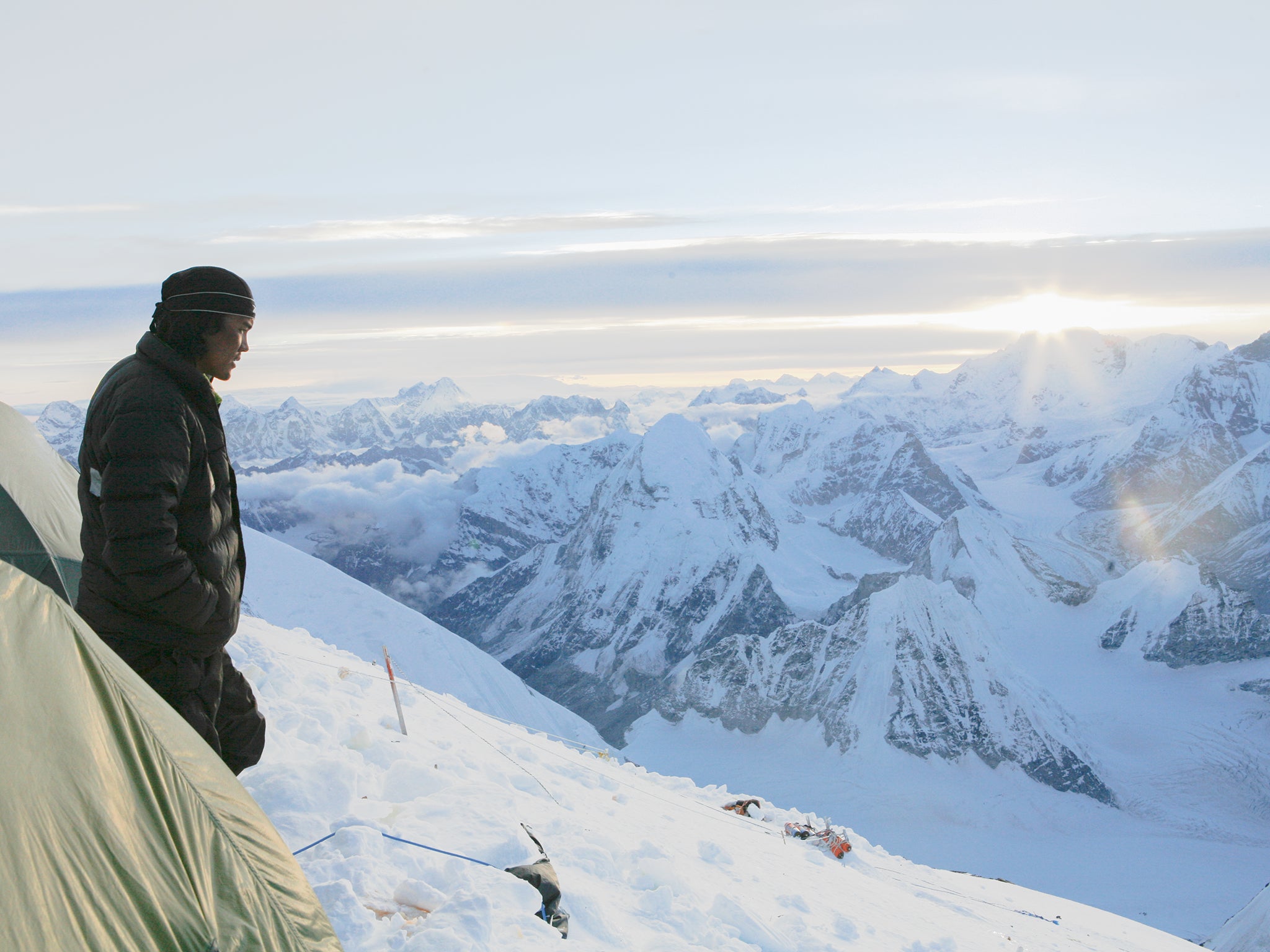
Your support helps us to tell the story
From reproductive rights to climate change to Big Tech, The Independent is on the ground when the story is developing. Whether it's investigating the financials of Elon Musk's pro-Trump PAC or producing our latest documentary, 'The A Word', which shines a light on the American women fighting for reproductive rights, we know how important it is to parse out the facts from the messaging.
At such a critical moment in US history, we need reporters on the ground. Your donation allows us to keep sending journalists to speak to both sides of the story.
The Independent is trusted by Americans across the entire political spectrum. And unlike many other quality news outlets, we choose not to lock Americans out of our reporting and analysis with paywalls. We believe quality journalism should be available to everyone, paid for by those who can afford it.
Your support makes all the difference.A beautiful woman sits in half-shadow, silent with grief. She is holding a baby, wrapped in a blanket. The voice of a friend says, “She gave birth the day he went to the mountain.”
Lakpa Tenzing went to join an expedition to climb Chomolungma, the Holy Mother, known to the foreigners he was to help as Mount Everest. The money he could make would feed his wife and new child for a year. But the Holy Mother did not allow him to survive.
Lakpa and 15 other Sherpas died when an avalanche sent tons of ice crashing down on them on 18 April 2014, the deadliest day in the mountain’s history up to then. The sight of his widow sitting by a window, lost in sadness, is one of many deeply moving scenes in a new film that tells the story of how the Sherpas reacted to that tragedy. “This is the most dangerous service industry in the world,” says Jennifer Peedom, director of Sherpa, which is up for best documentary in the Baftas.
Suddenly our screens are full of movies both fictional and factual that show men, almost always men, going into the wilderness – up a mountain, into the desert, through the snows – and having to give everything they have to survive. The Revenant is the most famous, and a favourite to win at the Oscars at the end of this month. Inspired by a true story, it stars Leonardo DiCaprio as the bear-mauled fur-trapper Hugh Glass crawling 200 miles through the icy wildnerness of Montana and South Dakota.
There are many more. The Survivalist, set in rural Northern Ireland at a time of famine, could win Stephen Fingleton the Bafta for outstanding debut. Bone Tomahawk, in cinemas from 19 February, features Kurt Russell and a magnificent handlebar moustache struggling to survive in the wilderness of the desert in the old Wild West. Even The Hateful Eight, a typically ultra-violent Quentin Tarantino offering, has a cast taking shelter from a blizzard.
“There is something about the majesty of the outdoors, the unpredictability, the back-to-basics, the ultimate human mental and physical challenge, I think that’s why wilderness stories are so fascinating to us,” says the producer John Smithson, who won a Bafta in 2003 for Touching The Void, Joe Simpson’s story about climbing in the Andes.
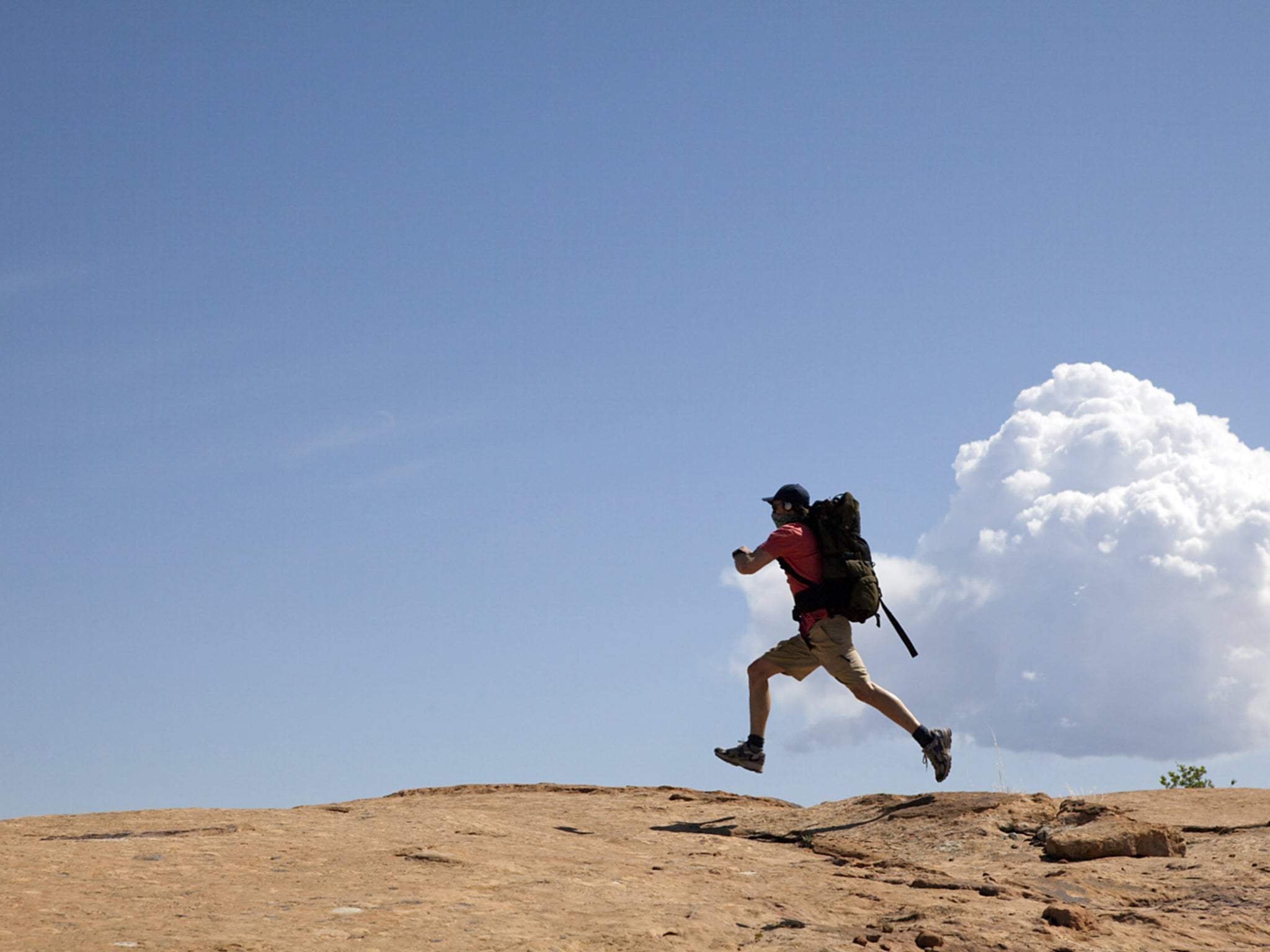
Smithson was nominated for a best picture Oscar for the movie 127 Hours, about a mountaineer who has to cut him own arm off with a dull penknife to survive. He has now produced Sherpa. “You are on the very edge of life and death, the edge of human performance, mental and physical resilience, and there is something epic and fundamental about that,” he says.
“I felt that with The Revenant, seeing those majestic vistas. As we live an increasingly cossetted, urban, mega-organised life, we are drawn more and more to those stories. It’s very basic and innate, touching on that instinct we all have. That’s why the appeal of the wilderness is greater than ever.”
S Craig Zahler, the writer making his directing debut with his own Bone Tomahawk, says: “I hated The Revenant. DiCaprio is on his own so much you don’t really have any sense of him other than that he is open-minded about Native Americans. The rest is struggling with the elements. I thought it was heartless and pedantic, and I am a DiCaprio fan.”

Watch Apple TV+ free for 7 days
New subscribers only. £8.99/mo. after free trial. Plan auto-renews until cancelled

Watch Apple TV+ free for 7 days
New subscribers only. £8.99/mo. after free trial. Plan auto-renews until cancelled
Bone Tomahawk is 90 per cent a poetic meditation on frontier life, a beautifully scripted Waiting For Godot set in the desert with grit that stings and wounds that hurt. Then suddenly it becomes a horror movie, as the frontiersmen and one woman are caught by a lost tribe of cave dwellers who want to eat them.
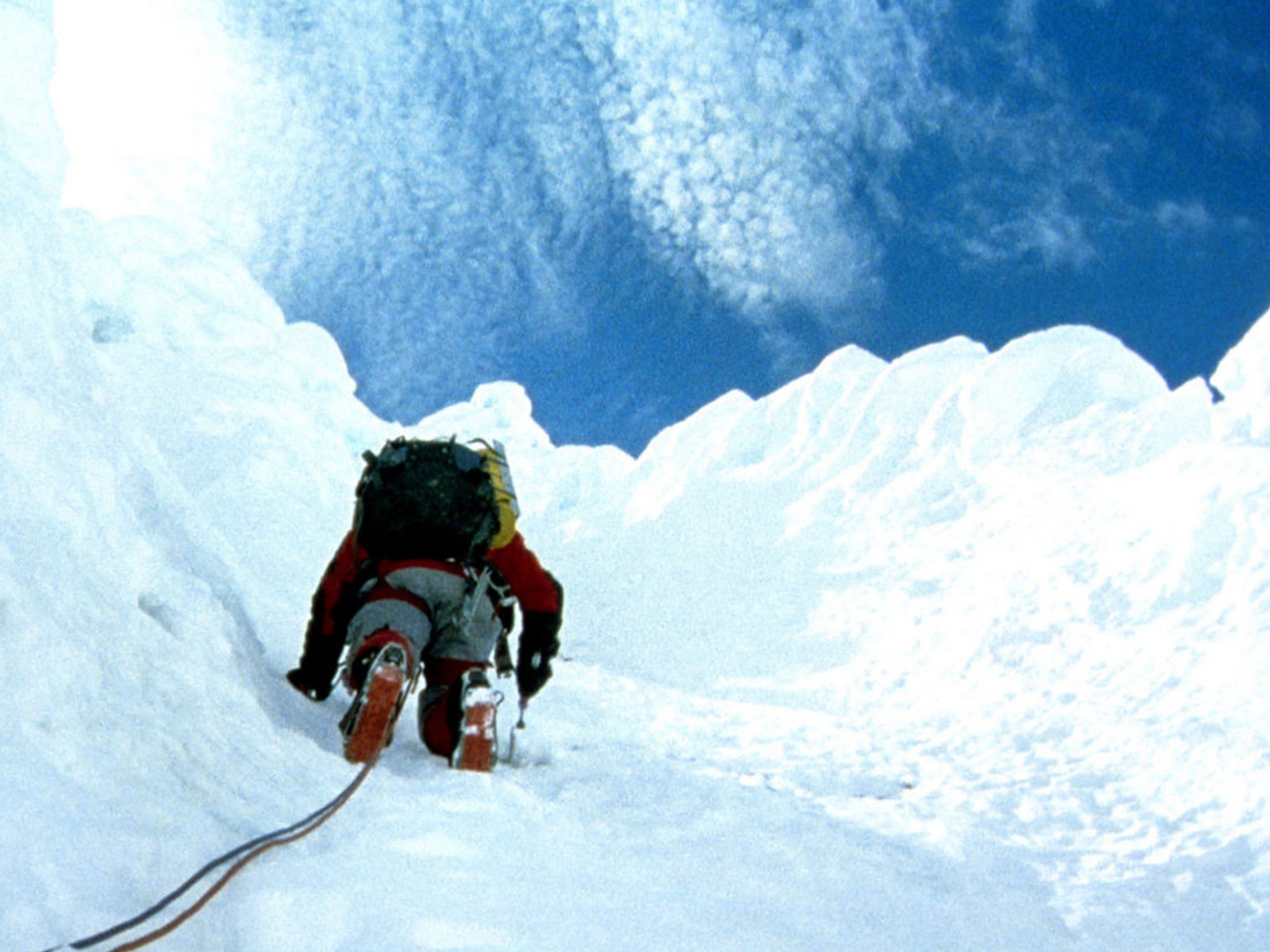
Some people have walked out at the sight of a man being scalped, up-ended, cut down the middle with a bone weapon, and torn apart.
“I knew that would be the case from the moment I wrote that scene,” says Zahler, a hardcore horror fan. But the rest of the film is a gripping depiction of life in the wilderness.
“Almost all the westerns I enjoy are stories where the frontier is a moral and physical crucible for the protagonists,” he says, on the phone from New York. Nature is impacting people in a dramatic way, changing their relationships with each other, bringing out the best or the worst.
“The reality is that if you’re far enough gone – on Everest or the frontier – the only rules of civilisation are the ones that you carry out of yourself. You’re testing them against one another: ‘Is it OK to leave this person behind?’”
That is what we see being played out in real life in Sherpa, which is definitely not to be confused with Everest, the recent Hollywood blockbuster retelling of a Nineties climbing disaster starring Josh Brolin, Jake Gyllenhall and Keira Knightley.
“The Sherpa community hates that film,” says the director Jennifer Peedom, who has worked alongside Sherpas for a decade. “I was inundated with Facebook messages saying, ‘When is your film coming out, because the Everest movie doesn’t show any Sherpa faces.’ They made one composite character who was a Sherpa and treated him like a bad guy, which was terrible.”
Jon Krakauer, the journalist who survived that same expedition and wrote a book about it called Into Thin Air dismisses Everest the movie as “total bull” and says: “Everest is not real climbing. It’s rich people climbing. When I say I wish I’d never gone. I really mean that.”
Sherpa, which will be broadcast on the Discovery Channel this year, tells the story of the members of an ethnic group well suited to high altitudes who have tried to help since the first foreigners came to climb the mountain a century ago, but who rarely receive the credit they deserve.
The movie follows Phurba Tashi Sherpa, who has been to the summit of Everest 21 times, and on that basis should be a mountain legend. But as Jennifer Peedom says, Western climbers often go home, write about their exploits and forget to mention the Sherpas. “It takes a staff of about five for every foreigner to get to the top of Everest, but it’s kind of embarrassing to say that,” she says on Skype from her home in Australia. “It takes a lot of people, a lot of money, supplies and oxygen. I guess that’s the reason that all these other Everest movies never show any of that, because it lessens the achievement.”
Her film shows Western climbers who have paid $75,000 (£52,000) a time to join an expedition arriving at Base Camp to find tents with carpets, reclining chairs and a flat-screen television. Their supplies are carried for them up through the deadly Khumbu icefall.
“The fact that someone is carrying a toilet tent, someone else a table and lots of chairs, someone else a carpet for Camp Two up there through the icefall is kind of embarrassing. But that’s what it takes to get lots of people up the mountain: these creature comforts, so they can save their energy. Our aim was to show what really goes into it.”
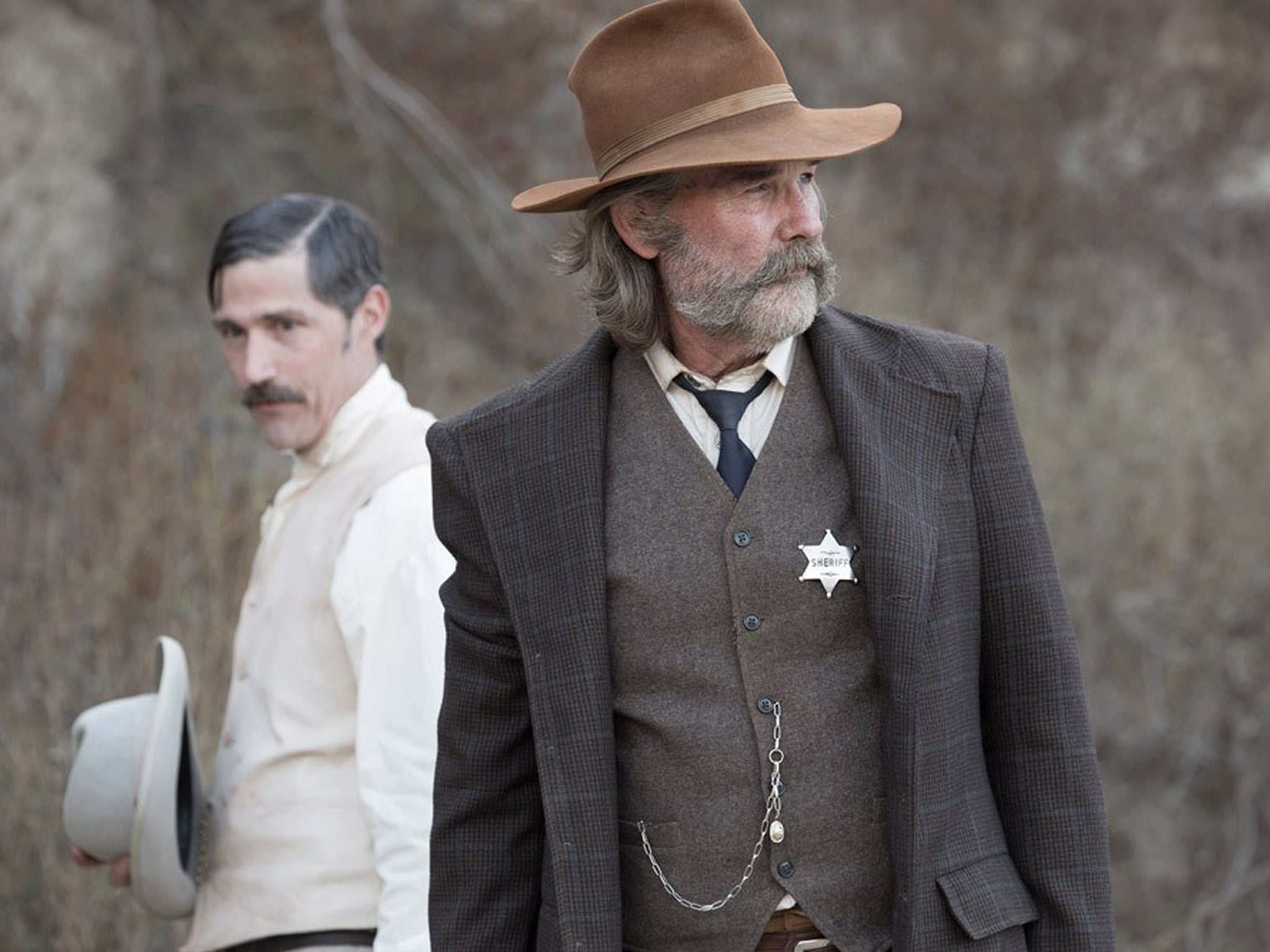
Peedom says: “Everest stands as the ultimate, most potent symbol of human achievement. It’s steeped in so much history and romance and that captures so many imaginations. So I don’t judge the people who want to go there and to any other wilderness and wild place.”
But on the other hand, her film shows foreigners queuing on the ridges in their hundreds during the relatively brief climbing season in May. “Everest is becoming way too crowded. It’s a combination of egomaniacs and dreamers, and some really good people who do want to test themselves.”
Phurba is shown saying goodbye to his wife Karma Doma Sherpa, who sheds a tear. “I ask him not to climb, but he doesn’t listen.” His little boys look frightened. He’s going for money, not fun or “because it’s there” like the Western climbers; but it is the Sherpas who risk most.
A foreigner has to cross the deadly icefall twice – on the way up and the way down – but a Sherpa might do so 30 times in the month-long season, often in the dark with only a headlamp for guidance, as that is when the ice is not melting and is most stable. Peedom was at Base Camp in April 2014 when the avalanche came and her film changed. She was able to show the Sherpas’ fear and anger as they tried to return the bodies of their friends and family to Base Camp (if they were left, their souls would not reincarnate or find peace) – caught in real life in the sudden and shocking change in fortunes that Zahler addresses.
“Every time I send the Sherpas up the mountain it’s like sending them to war,” says the tour organiser Russell Brice. “I don’t know who’s going to come home. What moral justification is there for that? What reward is there for asking you to play Russian roulette?”
For the first time, the Sherpas rebelled after the accident and refused to climb again for the rest of the 2014 season, out of respect and to demand greater compensation, which they won. The Nepalese government makes $360m from tourism every year but had offered only $400 to each family. That was increased.
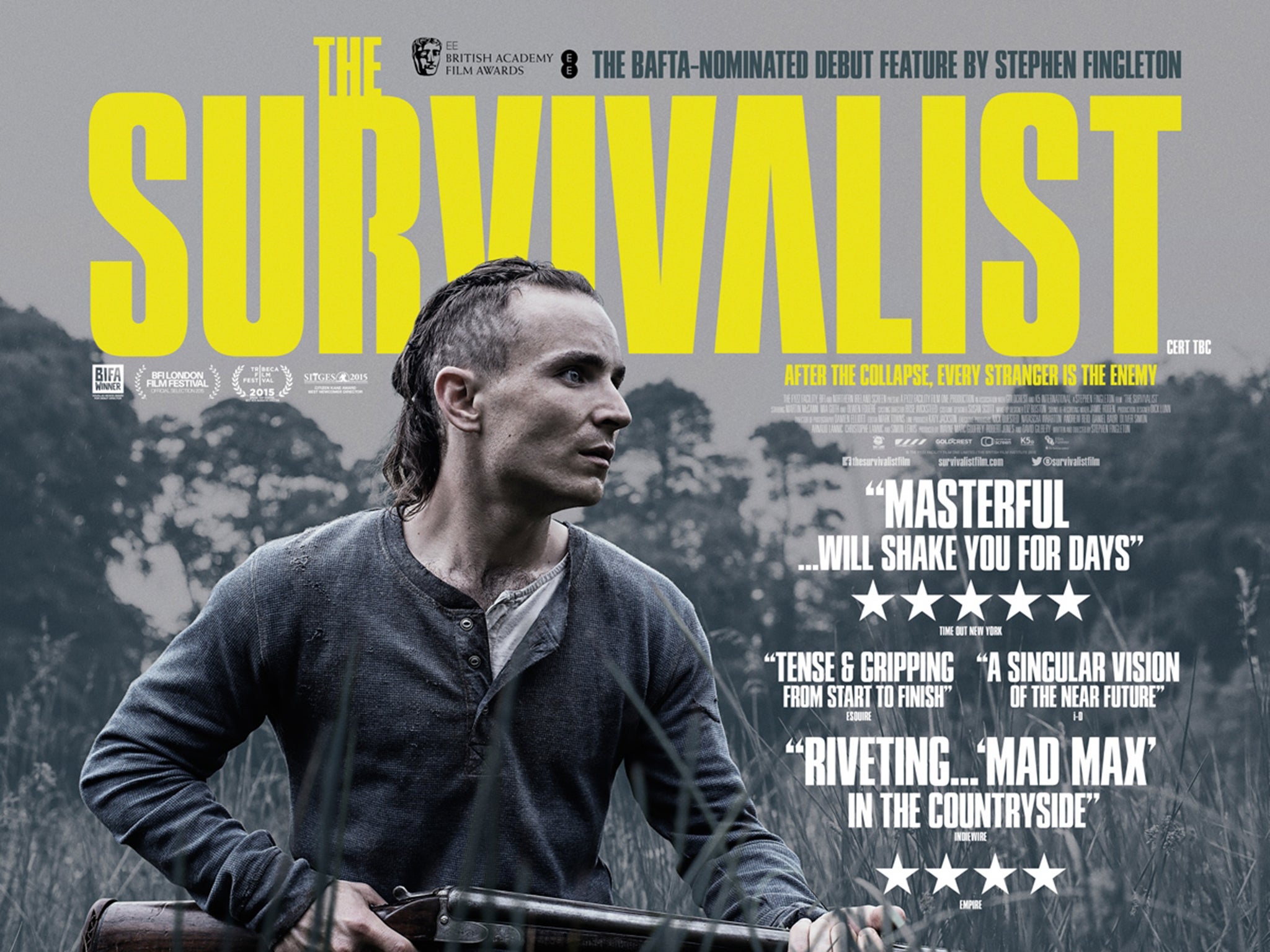
The following year, an earthquake struck Nepal and killed 7,000 people, including 10 Sherpas and nine foreign climbers who died at Base Camp. Again, the season was cancelled. Soon it will start again. Phurba has given up climbing since the avalanche, but the earthquake damaged his lodge and farm and left him in debt. Peedom says she and the film’s supporters raised $10,000 to help him so that he did not have to break his promise to his family and climb again. “We could have raised much more but he said, ‘Please stop, this is what I need, I have enough.’”
The future of climbing on Everest depends on a new relationship being worked out between the Sherpas and the foreigners they help. It is a matter of life and death. As beautiful as it looks on screen, this wilderness continues to be wild, unpredictable and deadly. When the grieving Sherpas are shown burning juniper for better karma, white clouds hang over their village. For a moment this looks as beautiful and sinister as a movie by Zahler or Tarantino. But Sherpa is more powerful by far, because the wilderness it shows is no fantasy. The grief of the widows is for real.
Join our commenting forum
Join thought-provoking conversations, follow other Independent readers and see their replies
Comments